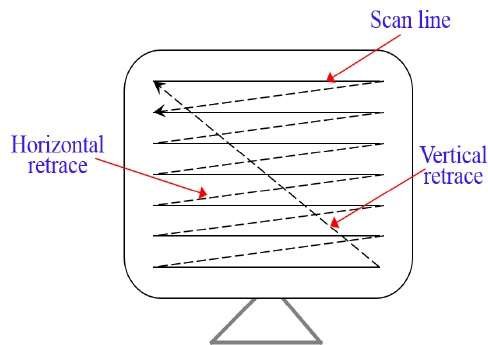

Model ID ialah tablet grafik pertama yang menggunakan apa yang ada pada masa itu, teknologi mikropemproses Intel yang baharu. The ID model was the first graphics tablet to make use of what was at the time, the new Intel microprocessor technology. Pada Mei 2013, AMD melancarkan Radeon HD 7730, berdasarkan pemproses grafik Cape Verde LE.īy adjusting the required level of detail, Sacrifice can be run on various machines with the highest possible quality of graphics.ĭengan melaraskan tahap perincian yang diperlukan, Pengorbanan boleh dijalankan pada pelbagai mesin dengan kualiti grafik yang setinggi mungkin. The most significant difference between the two is that the random scan has higher resolution, while the resolution of raster scan is relatively less.On May 2013, AMD launched the Radeon HD 7730, based on the Cape Verde LE graphics processor. Raster scan has higher refresh rate about 60 to 80 times per second. Random scan has lower refresh rate about 30 to 60 times per second. It is suitable to create realistic scenes.Īn example of random scan is a pen plotter. It is suited for applications that require polygon drawings. To render image or picture, pixels are used. It is inexpensive in comparison to random scan.Ī mathematical function is used to render an image or a picture. It is expensive in comparison to raster scan. The resolution of raster scan is lower in comparison to random scan. The resolution of random scan is higher in comparison raster scan. The following table highlights all the significant differences between raster scan and random scan − Random Scan Difference between Raster Scan and Random Scan The system cycles back to the first line command in the list once all the line drawing commands are executed. In order to display a specified image, the system cycles through the set of commands in the display file, drawing each component line in turn. In a random scan, the picture definition is stored as a set of line-drawing commands in an area of memory known as the refresh display file. The random scan system is also called vector display, stroke-writing display, or calligraphic display. In random scan, the electron beam is directed only to the part of the screen where the image is to be displayed rather than scanning from left to right and top to bottom as in the case of raster scan. The pen plotter is an example of raster scan system. Finally, at the end of each scan line, the electron beam returns to the left side of the screen to begin displaying the next scan line. This memory area holds the set of intensity values for all the screen points.


The picture definition in a raster scan is stored in a memory area called the Refresh Buffer or Frame Buffer. When this electron beam moves across each row, the beam intensity is turned on and off to create a pattern of illuminated spots on the screen. In raster scan, the electron beam is swept across the screen, one row at a time from top to bottom. Read through this article to find out more about raster scan and random scan and how they are different from each other. Raster scan is a technique in which a rectangular pattern of the image is captured on screen, whereas random scan is one in which the picture is constructed through an electron beam. Raster scan and random scan are two of the most popular approaches used to display the pictures and images of objects on the screen.


 0 kommentar(er)
0 kommentar(er)
